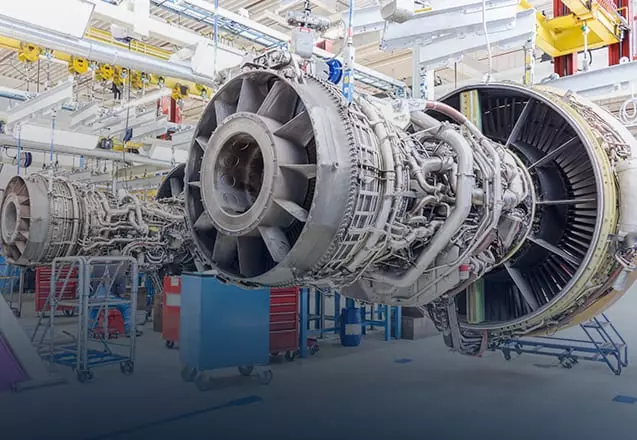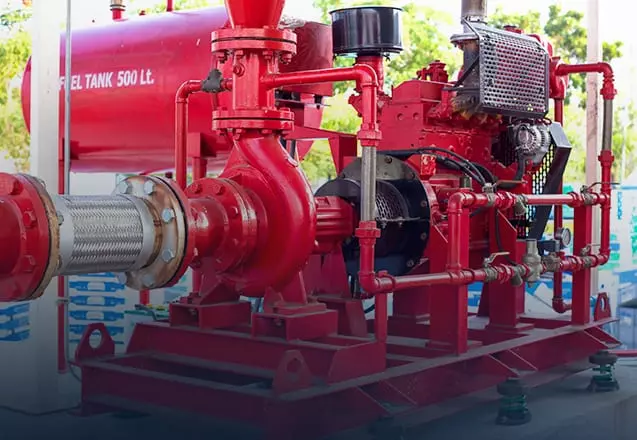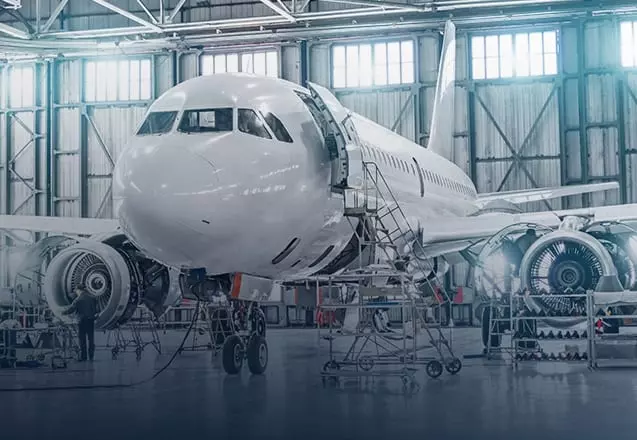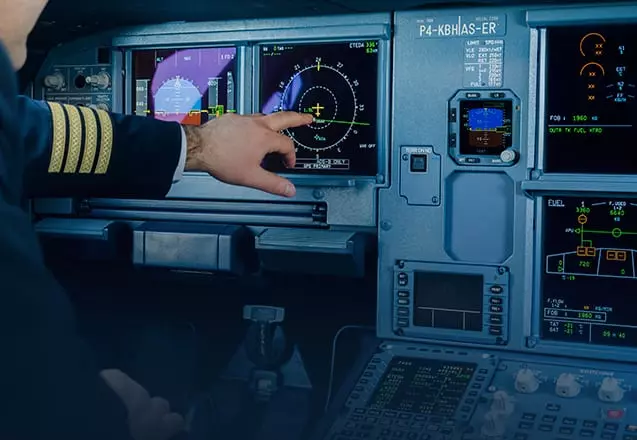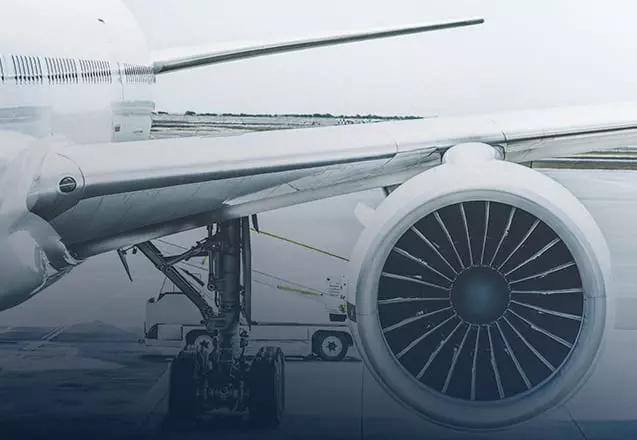A traditional problem faced by the civil aerospace industry is the SFC loss during the first fifty hours of the brand new engine’s flight. This loss in cruise SFC is due to deterioration caused by the rapid throttle movements by pilots, during flight operations. This white paper provides a solution to tackle the traditional problem
Today, the assembly line is fundamental to every manufacturing and production plant across the world. Productivity increased, and operational costs and time consumed reduced significantly. However, consumer needs and requirements did not diminish. People want quicker turnaround and flawless results. The need for yet another revolution: the High Speed Process Line was born. This white
It could be assumed that properly planned, dimensioned, designed, installed, operated and maintained motor systems and drives should not break down. In reality however, these conditions are hardly ever ideal. Statistics show that an annual downtime of 0.5-4% is to be expected, of which 30% of the motor breakdowns can be attributed to motor overloads.
Composites are becoming increasingly important in the aerospace industry. At least 30-40 per cent of modern airframes are now made of composites, and this percentage is increasing rapidly due to technological advances in the field. The use of composites for primary structures such as fuselages and wings has grown significantly in transport aircraft. This white
Technical documentation is an integral part of the introduction of a product or service to the market. An inefficient documentation process can have a significant effect on the financial success of a product or service.This white paper seeks to provide an overview of technical documentation for a product or service. It also highlights the tools
Global giants for long have been engaging engineering service providers for specialized services, particularly where they do not possess the requisite expertise in house. With ever increasing demands and an innovation driven growth path, Requisition Engineering comes into play.With this whitepaper, Quest Global aims to provide crucial insights on the benefits of Requisition Engineering and
Over the recent past, material scientists and engineers have started developing custom made structures from composite materials in order to obtain desired mechanical, electrical, magnetic, thermal, optical, and environmental properties.This white paper seeks to address the issues and challenges faced by the aerospace industry in quantifying these composite fastened joints for fatigue conditions.
The aerospace industry in the present scenario is very fascinating and motivating, and is set to become an exciting space in the near future with innovations getting better day by day, and immense competition amongst various industry players. R&D investments in emerging markets are on the rise, where investments in new technologies form the core
Most companies look for improving product value and increase profit margins focusing on ‘cost out’ opportunities using Strategic sourcing, Function analysis, Value analysis, Value engineering, TRIZ, Tear down, Benchmarking etc. These have become vital elements of any discipline to analyse and reduce cost as customers are forced to develop products with stringent cost targets. This
Modern aircraft engine designs are driven towards higher operating temperature and lower coolant flow requirements. During the flight mission, the hot gas path components encounter flows at different pressure, temperature and turbulence conditions. During design of such components, there is always an interest towards fundamental understanding of the impact of inlet turbulence on overall performance.
